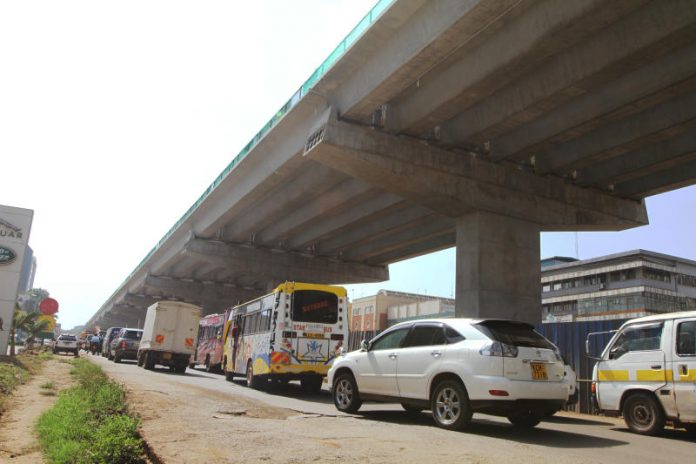Decoding Mass Transit: Nairobi Expressway and the Addis Ababa light rail
Nairobi and Addis Ababa are eastern African cities that have seen massive infrastructural upgrades in recent years. With each city supporting approximately 5 million people, the two are the economic nerve centers in Kenya and Ethiopia. This is a quick look into the magnificent high-rise transit infrastructure in the two cities.
Nairobi Expressway project
As Kenya struggled under the Covid-19 economic stress, the Nairobi Expressway project was progressing in earnest. Construction works continued day and night throughout the hellish 2020 year, which saw the government performing several emergency surgeries on the frail Kenyan economy. Nairobi Expressway was launched in October 2019 by His Excellency President Uhuru Kenyatta and is expected to be completed in March this year.
Nairobi Expressway map
With a 62-billion price tag, the Nairobi Expressway comes with great promise, one of liberating commuters from the nerve-wracking traffic jams. It is expected that once it is completed, it will reduce travel time across Nairobi from 2 hrs to just 15 minutes. The 27- kilometer mostly elevated road snakes its way through the city from Mlolongo to Jomo Kenyatta International Airport, up to Rironi in the neighboring Kiambu county.

Nairobi Expressway jobs
Nairobi Expressway is widely acclaimed to be a savior during the Covid pandemic. While businesses shut their doors, the project progressively absorbed approximately 4000 people for its construction. The 4000 Kenyans were spread across 4 camps including JKIA, Southern Bypass, and Westlands.
Inside the camps, sustained activities of pre-fabrication take place, producing the imposing pillars of the corridor. Local suppliers are regulars in these camps, supplying over 2 billion worth of cement and other materials. The Kenyan local professionals have benefitted from skill and knowledge transfer. Engineers in the country are served with the rarest of experiences overseeing such an infrastructural project.
Nairobi Expressway toll
The road was conceived on a build operate and transfer framework. Under this arrangement, the China Roads and Bridges Corporation fully funds the project and operates it to recoup its investment. It is then expected to be transferred to the government after an agreed period.
To recoup the money invested, CRBC will rely on toll booths erected at various interchanges along the road. Some of the interchanges include JKIA and Haile Selassie Avenue.
Addis Ababa light rail costs
Over 700 kilometers north in former Emperor Haile Selassie’s territory of Ethiopia, a similar setup exists. In the Ethiopian capital, the railway line that runs atop a series of pillars across the city.
The light rail system was done at a cost of 475 million US dollars. The rail was completed in 2015, which was followed by rigorous training of locals by the Chinese to manage the modern system.

Addis Ababa railway stations mapping
Addis Ababa has 2 light rail lines which intersect at Mexico at the center of the city. One of the lines connects Kality (south of the city) to Menelik Square to the north. Another line connects the east to the west of the city. These are just 2 of a whooping 39 stations in the city.
Rides during off-peak hours give an impressive tour of the city. Rush hours are a bit hectic owing to the congestion, but this does not negate the essence of the infrastructure, which is to get from points A to B as quickly as possible.
While Nairobi anticipates reprieve from the Nairobi Expressway, more needs to be done for its public transport system. The expressway will probably be out of reach for the ordinary city dweller, compared to the Addis commuter who pays as low as 5 Kenya shillings to use the fast trains.

























